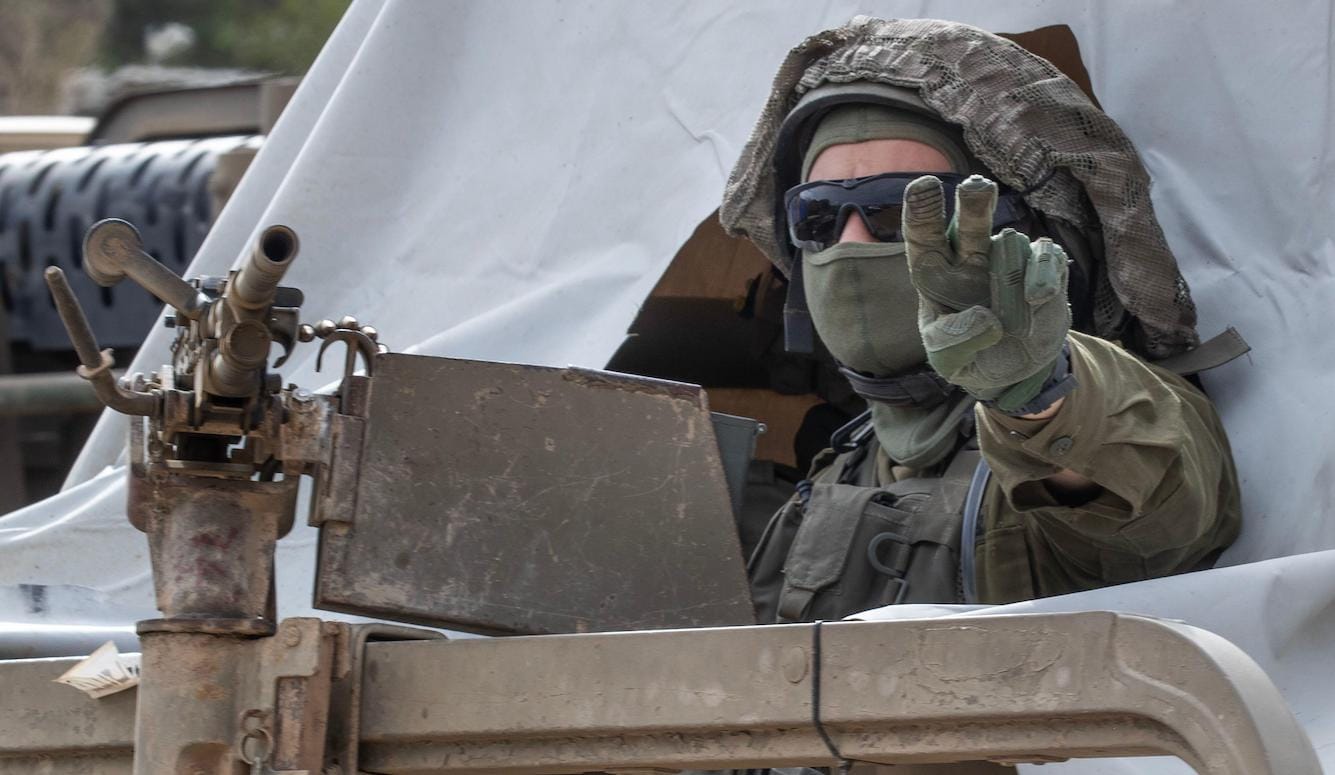Politics
Lessons for Western Militaries from the Gaza War
Israel’s experience in Gaza provides a sobering preview of what high-intensity urban warfare can entail, and how modern militaries must evolve to achieve decisive and ethical victories in any future conflict.

As the world transitions from a values-based international order to a transactional, multipolar framework, Western militaries outside the US are going to have to rearm rapidly following the withdrawal of US security guarantees. While the military lessons from Ukraine have been widely discussed, those from Israel’s 7 October war have largely been overlooked. The Israel Defence Forces (IDF) have faced intense scrutiny and a steep learning curve since Hamas launched its surprise attack on 7 October 2023. During the punishing months of fierce urban combat in Gaza, the IDF made significant military advancements but also encountered critical challenges.
Gaza’s densely populated neighbourhoods and Hamas’s guerrilla militias are, respectively, very different from Eastern Europe’s open plains and Russia’s armed forces. Nevertheless, Western commanders can draw a number of important lessons from the IDF’s successes and setbacks that may be useful to future operations on Europe’s eastern flank and further afield. From drone warfare and the use of armour to urban command-and-control and civilian protection, Israel’s experience in Gaza provides a sobering preview of what high-intensity urban warfare can entail, and how modern militaries must evolve to achieve decisive and ethical victories in any future conflict.
Drones and Counter-Drone Measures
One of the clearest takeaways from Gaza (and Ukraine) has been the revolutionary impact of drones on the battlefield. Israel employed hundreds of small drones for reconnaissance and attack, providing even junior infantry units with an eye in the sky and a precise punch. These quadcopters—like the Xtend models used to scout Hamas tunnels and drop grenades—enabled Israeli soldiers to clear buildings and tunnels with reduced risk. Western forces have already taken note: the British Army tested Israeli-made drones on Salisbury Plain in late 2023 to explore how this technology can enhance UK units. It is now evident that drones dramatically increase situational awareness and precision-strike capability at the lowest levels.
However, the IDF has also learned that drone proliferation cuts both ways. When both sides operated swarms of unmanned aerial systems (UAS), the electromagnetic spectrum became saturated, disrupting communications and the identification of friend or foe. On several occasions, Israeli units even shot down their own drones amid the chaos, prompting urgent improvements in training and coordination. This serves as a cautionary tale for Britain. Any clash in Eastern Europe will likely feature large numbers of drones on all sides, as seen in Ukraine, so British troops must be prepared with robust counter-drone measures. This means investing in short-range air defences and jamming systems, enhancing digital discipline to deconflict drone frequencies, and employing traditional backup methods when high-tech networks fail. By honing anti-drone drills and electronic warfare skills now, British forces can avoid being blinded or paralysed by the very tools meant to empower them.





